Harry Connolly’s debut novel—Child of Fire—is a contemporary fantasy in the tone and style of a crime thriller, and made Publishers Weekly’s Best Books of 2009 list. Child of Fire is the first in the trilogy being published by Del Rey. The sequel, Game of Cages, is due to be released in 2010, and Connolly is currently finishing the first draft of book three. Prior to being published, Connolly, who lives in Seattle, held a variety of jobs from customer service to landscaping to stay-at-home dad. He speaks with Write On! about his writing process and theories on rejection, plus, the remarkable break which came as he was literally giving up on his dream.
How long have you been writing? How’d you get your start?
Like many writers I started reading early, at three. When my parents explained that stories were actually *written* by *people* I was astonished and quickly decided that was what I wanted to do.
I distinctly remember sitting in my kindergarten class learning to form a letter “M” by tracing it over and over on a big sheet of paper and thinking the 5-year-old equivalent of: “This is totally going to come in handy.”
It wasn’t until I was seven or eight that I understood what a writer really did, but it was already too late. From that point on, I wrote all the time, if you don’t count the years in my mid-20s when I was stupid.
How’d you come up with the idea for Child of Fire? What was your writing process?
I’ve wanted to write a fantasy version of Dashiell Hammett’s Red Harvest for a long time, but I could never find a way to do it justice. I wasn’t concerned so much with keeping the characters and plot, but I did want to capture the feeling of a stranger taking on a corrupt town full of fragile truces. Red Harvest is one of the few books I’ve reread; I love it.
Anyway, I spent a good little while working out how I was going to combine the fantasy and crime genres without having one undercut the other. It’s not as simple as “The mob boss is a vampire!” I had to think carefully about the tone and the setting.
So much changed in the prep for this book that the final story really isn’t much like Hammett’s work at all, which makes me glad.
As for my writing process, I start out by thinking into my laptop, typing out ideas as they come to me—just brainstorming. Character sketches get put in, possible plot conflicts, possible locations, and eventually things come together into an outline. The file I create is called a “goof” as in “[Title of Book] Goof.rtf” because an outline or synopsis sounds very formal and important, but a goof is just a fun place to play with ideas. No pressure!
Even though I do outline, I almost never outline all the way to the end of the book. I usually reach a point where I can’t tell how much book the plot is going to take—Is this page 200? 300? Should I start wrapping up the conflicts or keep making things worse?—and stop outlining all together. Then I start in on the first draft.
I wrote Child of Fire in the mornings at Starbucks. I was a stay-at-home parent at the time, so I’d duck out of the house at 5 am, work until 8 or 8:30, then come home to make breakfast for my family. I have a day job now, so that pretty, pretty routine has been ruined, but like General MacArthur, I will return.
What was your favorite part of writing Child of Fire? The greatest challenge?
I honestly liked those characters. I liked creating that big supporting cast.
The greatest challenge was the research. I’m not very organized about it, and sometimes I’d spend all day not finding the information I need. Then again, I’ll occasionally dig up a ton of tremendously interesting information that doesn’t fit anywhere in the book and turns out to be wasted effort.
How’d you get it published?
I’m going to start this answer with a link to writer Dawn Metcalf’s blog, where she describes how getting published is like playing “Calvinball:” http://dawn-metcalf.livejournal.com/10762.html
The rules change. Anything can happen. Random luck and strange synchronicities play a part. It’s a crazy, mixed-up world.
Having said that, my path to publication was completely boring and standard: I wrote the book. I wrote the query. I researched a list of agents. I sent them the query and any follow-up materials they requested.
Three terrific agents ended up offering me representation and I signed with the one that seemed to suit me best. She sold the book to Del Rey for me in a three-book, six-figure pre-empt deal.
Sounds easy, yeah? But you wouldn’t believe how much I sweated over that query and synopsis, and how much time I spent researching that list of agents, above and beyond all the work I put into the novel.
You tried going the screenplay route when you ended up selling a book. What drove you to keep plugging along in your quest to become a published writer?
Hah! But I had already quit!
No kidding. I was ready to give up writing seriously and pursuing it as a career. In September of 2007, when I was mailing out queries, I was doing it more out of a sense of duty than any real hope of finding representation. As a husband and father, I couldn’t justify the writing any more; I was ready to go back to grad school and get a grown-up job. I was studying for my GREs, when the first few letters arrived asking for sample chapters.
Of course, once I signed on with my agent, those study guides went back to the library and I buckled down on revisions.
How is writing a book similar to/different from writing a screenplay?
Novels are much more friendly to dialog that screenplays (which may seem counter-intuitive but it’s true).
It’s also much more friendly to exposition. In a screenplay, information that would be spoken by a Poindexter in a white lab coat can be simply inserted into a novel as straight text. It just has to be interesting. With a script, that’s a lot harder to pull off.
Advice for writers?
Okay. There are a number of things I want to say here:
First, there is only one rule in writing: Be interesting. Everything else, from “show don’t tell” to spelling and grammar rules to submission guidelines are tools. Tools, not rules.
That doesn’t mean you can ignore them or flout them at will. Tools are meant to be used, and I recommend everyone follow grammar, spelling, and guidelines just as a matter of habit. It’s professional, it’s smart policy, and it makes you less likely to misuse a tool and get rejected.
Second, always assume a rejection is the writer’s fault. It isn’t true every time, I know. Rejections happen for all sorts of reasons, but the ones that are not about the writing (they acquired something similar last month/they acquired something similar last year and it didn’t sell/whatever) are out of the writer’s control, and therefore don’t matter. So, the best thing to do is to assume every rejection was caused by the writer’s inability to follow rule number only: Be interesting. If you get one rejection, no big. If you get 100 and no acceptances, it’s time to change something in the writing.
The best thing about assuming the rejection is the writer’s fault is that it puts all the power in the hands of the writer. Every rejection is a signal to practice with the tools, to be more personal, more interesting. Every rejection is a chance to grow.
The second best thing about assuming rejection is the writer’s fault is that it discourages the tendency we all have to blame others. Once a writer becomes convinced that their work ought to be published but NY publishers are closed to new voices/ only want to publish their pals/ whatever other false, destructive beliefs writers cling to, they give away all their power. What’s worse, they give it away to phantoms, to people who don’t even exist.
Third, learn by studying the texts you love. I learned an awful lot by retyping the first chapters of successful books that were similar to the one I wanted to write. James Macdonald, who recommended this exercise (among many others) on Absolute Write forums, said it would teach sentence structure, paragraph construction, pacing, and a number of other things. He’s right.
I also wrote detailed outlines of successful novels, making note of how long fight scenes lasted, which page the main plot problem was established, how quickly and how often exposition was introduced.
I don’t mean to suggest people should *copy* other writers, but carefully studying text helps teach pacing, structure, and a host of other skills.
What do you know now that you wish you knew when you first started writing?
That when it came to my goal of becoming a published writer, the only impediments I had were the way I behaved and the stories I wrote.
Tags: Author Q&A Calvinball Child of Fire Dashiell Hammett Dawn Metcalf Debra Eckerling Del rey Fiction Game of Cages Harry Connolly Publishers Weekly Publishers Weekly’s Best Books of 2009 list Red Harvest Writing

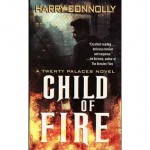

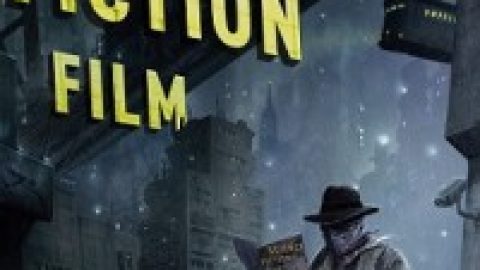

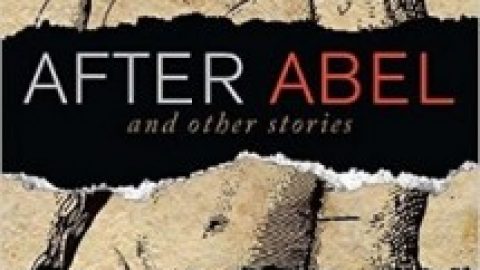




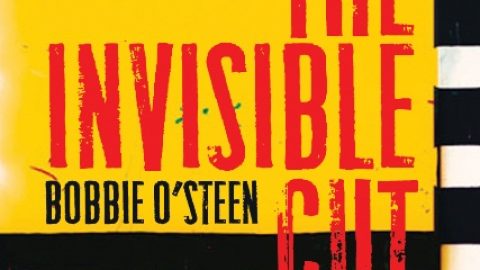
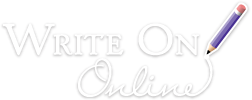
Comments are closed.
[…] Actually, this will probably be the last one, and it’s text rather than an audio file. It’s at Write On Online, and it was done by Debra Eckerling. […]
Thanks, Harry! Great information. And what a fabulous success story!
I think Child of Fire is an awesome read. Harry Connolly talked with me about his gritty supernatural debut, and shared some insights about dark heroes, inspiration and the fatal mistake made by most aspiring writers. You can read the interview for free on SciFiBookshelf.com
[…] Literary Agents 2010, courtesy of The Writers Store – Autographed copy of Child of Fire from author Harry Connolly (Harry’s novel was published because of a query […]
[…] Agents 2010, courtesy of The Writers Store – Autographed copy of Child of Fire from author Harry Connolly (Harry’s novel was published because of a query […]
[…] Second prize is Jeff Herman’s Guide to Book Publishers, Editors, & Literary Agents 2010, courtesy of The Writers Store and an autographed copy of Child of Fire from author Harry Connolly. […]